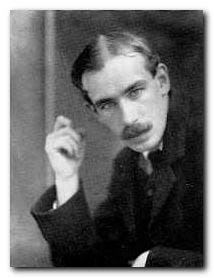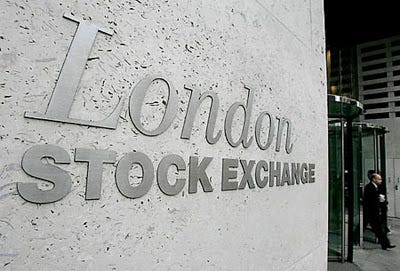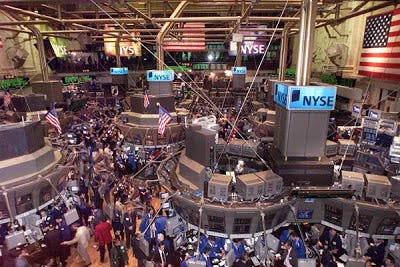Keynes and the American Investor
John Maynard Keynes has a number of accurate assessments of the American character in his classic, The General Theory of Employment, Interest and Money. These observations are made rather tongue in cheek. Keynes displays a good knowledge of the American character and uses this knowledge to draw a picture of the interrelationship between the American character and the New York Stock Exchange. By contrasting the characters of the American and British investors, Keynes shows how the investor’s cultural traits can define their actions in the financial sphere.
The investor, says Keynes, aims to, by canny investment, “defeat the dark forces of time and ignorance which envelop [the] future” of industry and finance (Keynes, p. 155). In other words, the investor has as his main motivation and drive the desire to make a calculated wager on the unseeable, unknowable future and have this wager be truer and more accurate than that of his fellow investors. Keynes is clearest in his description of investment by making an analogy to the game of Old Maid. Old Maid is played “with zest and enjoyment, though all the players know that the Old Maid is circulating”, and one will surely be stuck with the losing card in the end (Keynes, p. 156). Investment can be seen as the practice of playing a game in which there is always a loser- and the only aim of the game is not to be that loser.
Keynes contends the difference between the New York Stock Exchange and the London Stock Exchange lies in the differences of cultural approach to investment. Keynes cites heavier speculation in the New York Exchange, and points to the American inclination towards “capital appreciation” as inducement to invest as opposed to the British inclination to generation of income from investment. That is, the American investor sees investment as an industry in itself (and here we see the roots of financialization), and thus can purchase and sell a stock for a profit in the space of a day, while the British investor takes a more measured and longer view of investing, in which the purpose of investment is to pay dividends over time, adding to the income of the financier. The liquidity of the American market and the higher cost of joining the London Exchange also contribute to the differences between the two (Keynes, p. 159–160).
The New York Stock Exchange, and by extension the American financial system is very susceptible to wild variation- more than other country’s stock markets, Keynes argues. Opinions within the market about the effects of interest rates may vary, but, Keynes says, if “opinion about the future of the rate of interest {is] so unanimous… a small change in present rates may cause a mass movement into cash” (Keynes, p. 172). Should this mass movement into cash occur, the market would go into a spasm of depreciation, leading to a crash. But, if the opinions within the market are varied, then the likelihood of such a crash is lower. As Keynes points out, it is “interesting that the stability of the system and its sensitiveness to changes.. should be so dependent on the existence of a variety of opinion about what is uncertain. Best we should know the future” (ibid.). Keynes believes without a healthy divergence of opinion on such financial matters, the system is more vulnerable to a crash, and that in America, with the homogeneity of opinion, the danger of such a crash is greater than in Britain. “This method of control,” the manipulation of the rate of interest in the market, is more precarious in the United States, where everyone tends to hold the same opinion at the same time, than in England where differences of opinion are more usual” (ibid.).
The American and British investor are different species, owing to their respective cultures. The British investor is a cautious creature, raised in the upper tiers of society, preferring a longer and more complex view to his financial dealings. The investment is seen as an addition to his income, but not a scheme in and of itself to perpetuate financial industry. The American investor, on the other hand, is an impulsive, simple minded sort, who uses investing as a means to quick profit and capital appreciation. The American stock market has a hive mind, while the British market has a more individual view. Keynes sets these archetypes up and shows how their differences can help us to understand his theories of investment.





